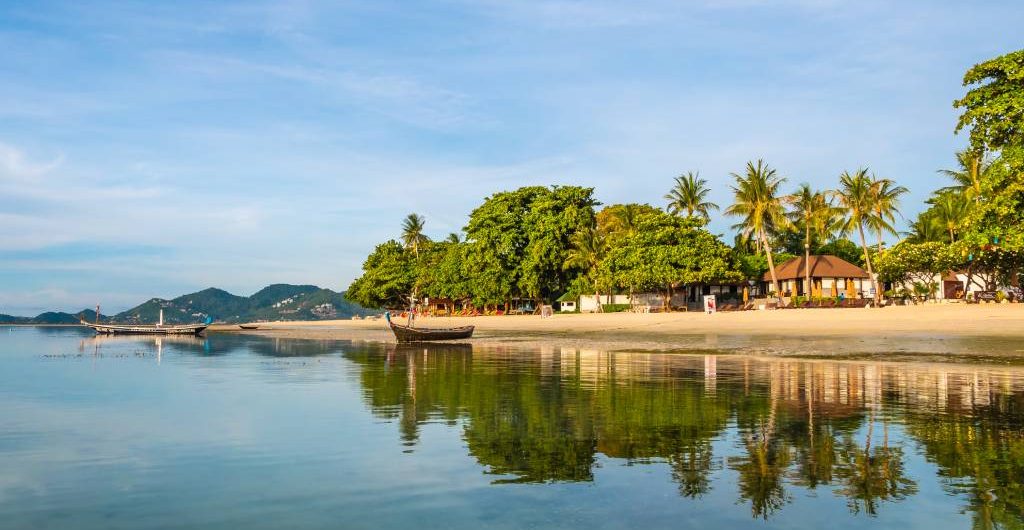
Geographic Location
South India encompasses the southern part of the Indian subcontinent, bordered by the Arabian Sea to the west and the Bay of Bengal to the east.
It includes the Deccan Plateau and the southern tip of the Indian Peninsula.
Cultural Diversity
South India is known for its incredible cultural diversity, with a rich tapestry of languages, traditions, and art forms.
The region has a strong Dravidian cultural influence.
Historical Significance
South India has a deep historical legacy, with ancient empires like the Chola, Pandya, and Chera dynasties.
It has played a pivotal role in the spread of Indian culture, especially through trade routes.
States and Union Territories
List of South Indian States
South India comprises the states of Andhra Pradesh, Karnataka, Kerala, Tamil Nadu, and Telangana.
Union Territories in South India
The Union Territory of Puducherry is also part of South India.
Geography and Climate
Diverse Landscapes
South India boasts diverse landscapes, including lush forests in Kerala, the Western Ghats, fertile plains, and coastal regions.
It is home to the Nilgiri Hills, the Cardamom Hills, and the Eastern Ghats.
Monsoon Climate
The region experiences a tropical monsoon climate with distinct wet and dry seasons.
The monsoon rains are vital for agriculture and contribute to the region’s greenery.
Demographics
Population Composition
South India has a diverse population, with various ethnic groups living harmoniously.
Dravidian communities are predominant.
Languages Spoken
Multiple languages are spoken, with Tamil, Telugu, Kannada, and Malayalam being the major Dravidian languages.
English is widely used for communication
Religious Diversity
South India is a melting pot of religions, including Hinduism, Islam, Christianity, and Buddhism.
Temples, churches, and mosques coexist peacefully.
Culture and Heritage
Rich Cultural Traditions
South India boasts a rich cultural heritage, with classical music (Carnatic music) and dance forms like Bharatanatyam.
Traditional arts, such as Kalamkari and Tanjore painting, thrive here.
Arts and Performing Arts
The region is renowned for its artistry in sculpture, classical dance, and poetry.
The Tanjavur art and Mysore painting styles are celebrated.
Festivals and Celebrations
South India celebrates numerous festivals, including Pongal, Onam, Ugadi, and Deepavali.
The grand processions and rituals during festivals are a sight to behold.
History
Ancient Civilizations
South India has been home to ancient civilizations like the Indus Valley and Sangam periods.
The Chola Dynasty, known for its naval power, left a significant historical footprint.
Dynastic Rule
Dynasties like the Cholas, Chalukyas, Pallavas, and Hoysalas ruled different parts of South India, leaving behind magnificent temples and monuments.
Colonial Influence
South India was under British, Dutch, and French colonial influence, leading to a fusion of cultures.
The French quarter in Puducherry is a testament to this colonial legacy.
Post-Independence Era
After India’s independence, South India continued to thrive economically and culturally.
It has played a significant role in India’s IT revolution, with cities like Bangalore (Bengaluru) known as the “Silicon Valley of India.”
Economy
Key Industries
South India’s economy is diverse, with thriving industries in IT, agriculture, manufacturing, and tourism.
Bangalore is a global tech hub, while Kerala is a major producer of spices.
Agriculture and Farming
The region is known for its fertile land, producing rice, sugarcane, tea, coffee, and spices.
Traditional farming practices like rice cultivation in terraced fields are common.
Tourism
South India attracts tourists with its scenic beauty, historic sites, and diverse cuisine.
Kerala’s backwaters, Tamil Nadu’s temples, and Karnataka’s heritage sites are popular destinations.
Cuisine
Regional Specialties
South Indian cuisine is renowned for its use of rice, coconut, and spices.
Dishes like dosa, idli, sambar, and biryani are loved across the country.
Spices and Flavors
South India is a spice haven, known for its production of cardamom, black pepper, and cloves.
The use of tamarind, curry leaves, and coconut gives South Indian cuisine its distinctive flavors.
Tourism and Landmarks
Famous Tourist Destinations
Kerala:
Known as “God’s Own Country,” Kerala is famous for its backwaters, lush tea gardens, and pristine beaches.
Munnar, Alleppey, and Kochi are popular destinations.
Tamil Nadu:
Tamil Nadu is home to ancient temples like Meenakshi Amman Temple in Madurai and the Brihadeeswarar Temple in Thanjavur.
Chennai, the capital, is a bustling metropolis with a rich cultural scene.
Karnataka:
Karnataka offers a mix of natural beauty and historic sites, including the ruins of Hampi and the beautiful beaches of Gokarna.
Bengaluru, the state capital, is a vibrant city known for its technology and nightlife.
Historical Sites
Hampi, Karnataka:
Hampi is a UNESCO World Heritage site with stunning ruins of the Vijayanagara Empire.
Chola Temples, Tamil Nadu:
The Great Living Chola Temples, including Brihadeeswarar Temple and Airavatesvara Temple, are UNESCO World Heritage sites.
Natural Wonders
Western Ghats:
The Western Ghats are a UNESCO World Heritage site and home to lush forests and diverse wildlife.
They offer excellent trekking opportunities.
Nilgiri Hills, Tamil Nadu/Kerala:
The Nilgiri Hills are known for their misty landscapes and the famous Nilgiri Mountain Railway.
Transportation and Infrastructure
Road and Rail Networks
South India has a well-developed network of roads and railways, making travel convenient.
The Konkan Railway and Southern Railway are key rail routes.
Airports
Major airports include Kempegowda International Airport in Bengaluru, Chennai International Airport, and Cochin International Airport.
Public Transport
Public transport options like buses, metro systems, and auto-rickshaws facilitate easy commuting in cities.
Challenges and Issues
Socioeconomic Challenges
South India faces challenges related to unemployment, education, and healthcare access.
Income disparities exist, with urban areas experiencing faster development.
Environmental Concerns
Environmental issues such as deforestation, water scarcity, and coastal erosion need sustainable solutions.
Development Projects
Ongoing infrastructure projects aim to enhance connectivity and economic growth.
Smart city initiatives are transforming urban landscapes.
Cultural Preservation Efforts
Cultural organizations and government bodies work to preserve and promote traditional art forms, languages, and heritage.
Economic Growth Prospects
South India’s thriving IT and manufacturing sectors continue to attract investment, offering opportunities for economic growth.ecologically sensitive areas is crucial.
Political Dynamics
South India has a dynamic political landscape with regional parties playing a significant role.
Political aspirations and regional identities influence governance.